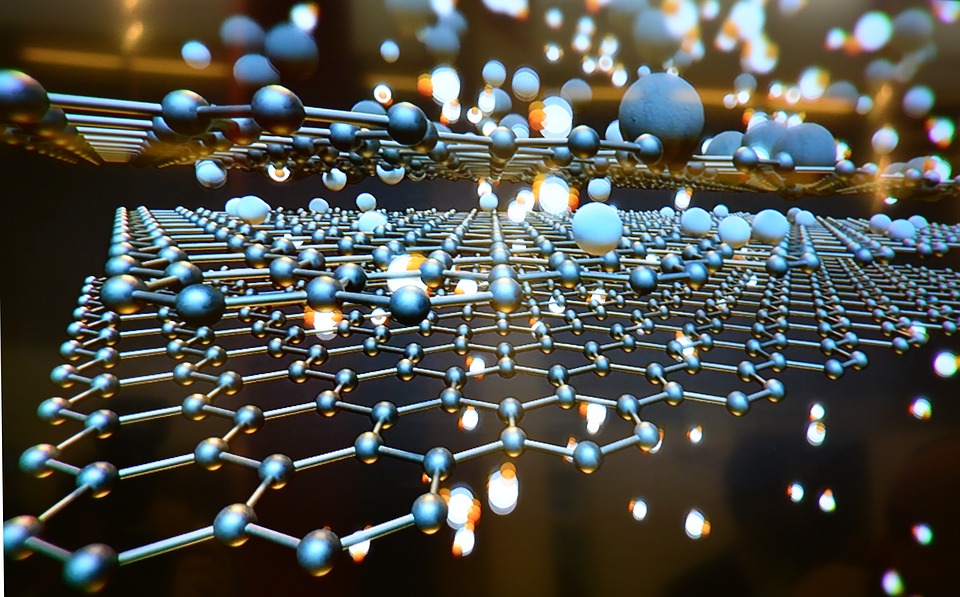Nanoparticles are microscopic particles which are been widely used in various domain of science and technology. With its small size, good solubility, customised surface properties and multifaceted uses nanoparticles have made a promising place in the current era of rapidly growing technology. Apart from its innumerable applications in industry, many nanoparticles have been considered vital in therapeutics and biomedical science. With the expanding health issues to mankind and potential peril of various life threatening diseases it has become a necessity to make diagnosis and treatment expeditious. Hence it is need of the hour to shed some light on the therapeutic uses of these nanoparticles such as in drug delivery.
Important Characteristics for nanoparticle drug delivery:
Particle size, determines the biological fate, its toxicity, and targeting ability.Moreover they can influence drug loading, release, and stability of nanoparticles in biological membranes.
Surface properties:
Nanoparticles are recognised as foreign body by the immune system and are quickly opsonised by the immune cells. Thus it is important to minimise the opsonisation and hydrophobicity so that drug delivery is more efficient.To achieve this, nanoparticles are coated with hydrophilic copolymers like polyethylene glycol (PEG), polyethylene oxide, polyoxamer, poloxamine,
Drug loading capacity:
The drug loading capacity should be high and drug release depends on the solubility of the drug, desorption of the surface-bound or adsorbed drug.
Fullerenes, Solid lipid nanoparticles (SLNs) ,Liposomes , Nanostructured lipid carriers (NLC) , Superparamagnetic nanoparticles are some of the materials used for drug delivery.
Graphene as a novel nanoparticle:
Graphene is a one-atom-thick layer of carbon atoms arranged in a hexagonal lattice. It is the building-block of Graphite.It was first isolated from graphite in the form of small thin flakes byscientists Andre Geim and Konstantin Novoselov who shared The Nobel Prize in Physics, 2010. Ever since this notable achievement, the wonder molecule has pave the way for graphene research.
Graphene is the thinnest material known and is much stronger than steel,yet flexible. It is an excellent thermal and electricity conductor and transparent. The material has no height means it’s just a surface, a widespread sheet. It is absolutely impermeable to other substances which makes it a best adsorber for drug delivery.
Graphene is an extremely diverse material, and it can be conjugated with other elements (including gases and metals) to produce different materials with various superior properties.
Graphene In Drug Delivery:
Graphene oxide is widely used in drug delivery systems. It has excellent biocompatibility,physiological solubility and stability, and increased capability of loading of drugs. Moreover, the reactive COOH and OH groups Graphene oxide bears facilitate conjugation with various systems, such as polymers, biomolecules like ligands, DNA and proteins.
Combined use of multiple drugs is a widely adopted clinical practice in cancer therapy to overcome drug resistance of cancer cells. Graphene can be used for targeted drug therapy which decreases the risk of multiple drug resistance.
The way in which a cargo is loaded on the delivery vehicles like grapheneinfluences how well the cargo is protected from degradation, how it may be released at its site of delivery, and even the size and shape of the vehicle itself. The flexibility of the graphenesurface has allowed experimenting with all these aspects.
Graphene In Gene Delivery:
Graphene sheets are modified on their surface by usingPolyethyleneimine and used in gene delivery into the cells by covalent and electrostatic interaction. The covalent Graphene oxide conjugates with both linear and branchedpolyethyleneimine and shows high gene transfection efficiency with reduced cytotoxicity.
Graphene In Cancer Treatment:
In cancer for efficient drug delivery of hydrophobic drugs, nanographene oxide is conjugated with polyethyleneglycol and applied to cancer cell lines.
Graphene Surface Is Antibacterial:
The grapheme oxide inhibits the bacterial growth of both gram positive as well as gram negative bacteria. Graphenesurface was used for stem cell culture and differentiation mostly due to its biocompatibility. graphene serves as a cell-adhesion surface and provides electrical stimulation for the differentiation.
Graphene are used in diagnostic devices to increase their sensitivity.The biosensors made with grapheme are extremely sensitive in detecting the biological signals. When biomolecules such as DNA and RNA bind with graphene,there is a huge change in the conductivity of this extreme thin material this help the researcher to quantify the viral loads.Thus they are extensively used to detect HIV infection
Graphene is used to sequence the genome more accuratelyby use of grapheme nanochannels.In this DNA passes through this small channel due to this electric current is interrupted and the nature of interruption is assayed,providing information about which nucleotide passes through the channel.
Conclusions
With such extensive uses of graphene its discovery was truely monumental. It has triggered scientists nationwide to decipher this magic molecule.As the research of this magic molecule progresses it will open doors to its applications across various science discipline.
|
Source:
|
